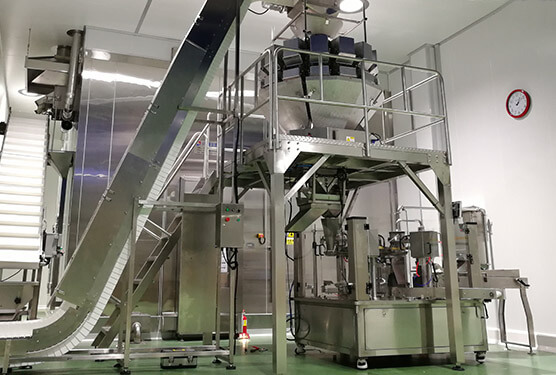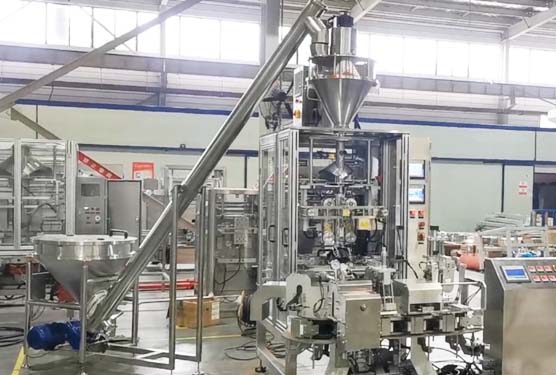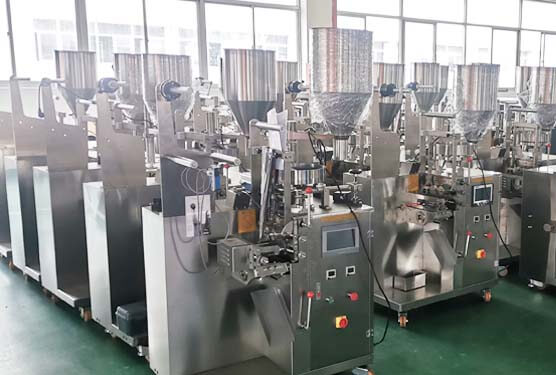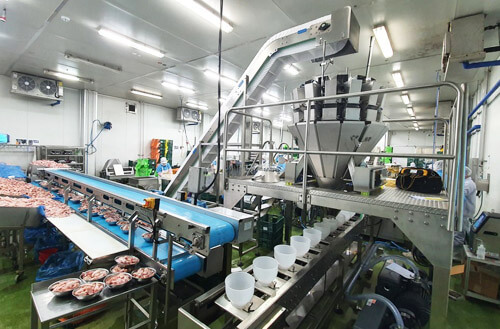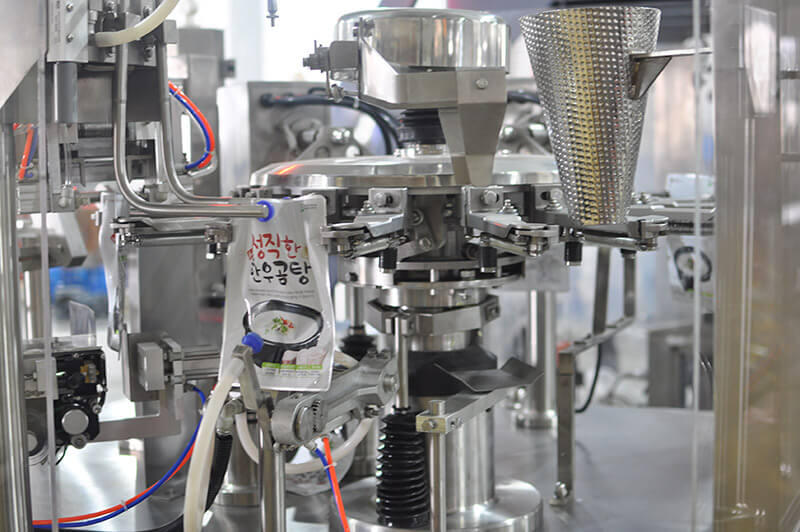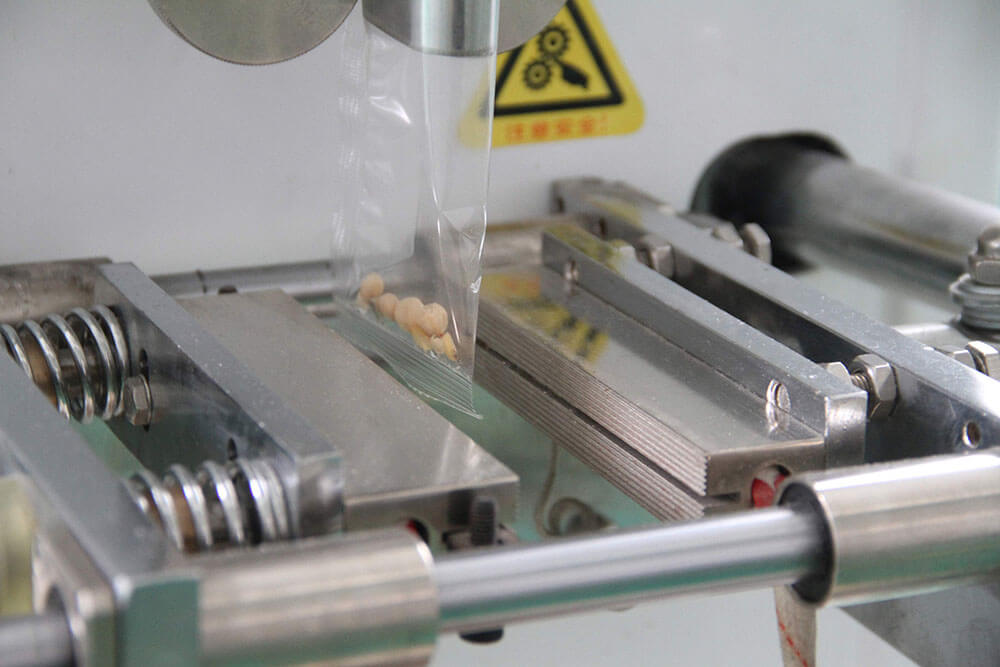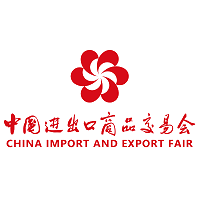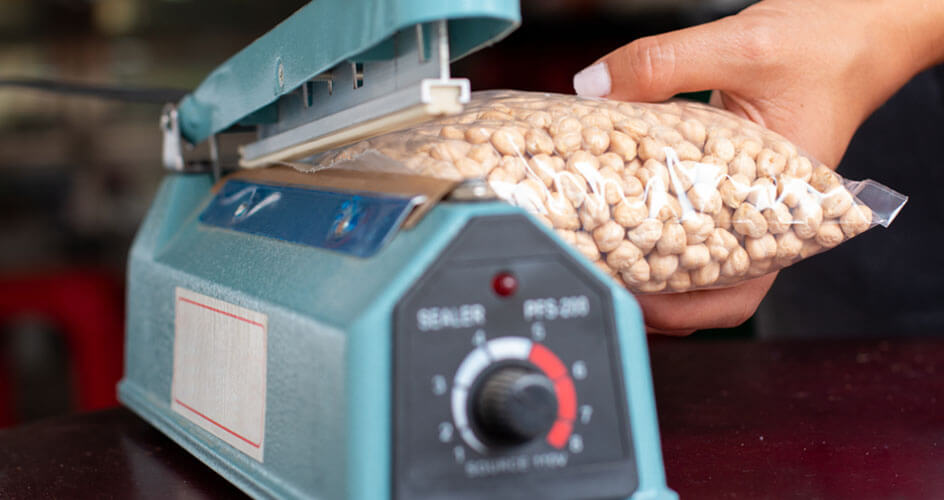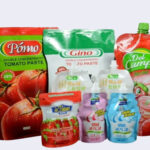Protein powders are a prevalent supplement. The quality of the protein powder product is undoubtedly the first thing that people consider. And protein powder packaging is closely related to the quality of protein powder. So how do you choose the right protein powder packaging? This article will explore the perspective of packaging materials, packaging types, packaging machines to help you to choose the right protein powder packaging.
The Overview of Protein Powder Packaging
Protein powder is susceptible to moisture, oxygen, light and heat, and can easily deteriorate if not stored properly. Therefore, protein powder packaging with good protective properties is a must to maintain the nutritional value, flavor and prolong the shelf life of protein powder.
Considerations When Choosing a Protein Powder Packaging
Barrier Ability
Barrier ability is naturally one of the first points to consider when choosing protein powder packaging. Protein powder is extremely susceptible to external factors. If your packaging does not have a good barrier ability, it will more likely lead to the outside air and moisture coming in. Absorbing moisture from the air and causing your protein powder to become damp. This will cause the protein powder to clump together, reducing its quality. And oxygen will oxidize the protein powder, causing it to deteriorate. Exposure to light can cause protein powder to deteriorate and develop off-flavors. So, the protein powder packaging you choose should have good barrier properties.
Packaging Materials
- Plastic Materials: Plastic packaging is very common, inexpensive, lightweight, and easy to transport. Common plastic materials include LLDPE, PET, PP, and Nylon. Some of these materials are more commonly used as part of composite materials in protein powder packaging.
- PET is a transparent material that allows you to see the protein powder product through it, which is good for product display. It also has excellent moisture and oxygen barrier properties.
- LLDPE has good tensile strength and is easy to heat seal, so it seals well. It is highly flexible and can be adapted to various shapes and sizes. It also has good moisture resistance.
- Nylon has super tensile strength, can withstand a lot of pressure and stretching. And it is puncture and tear resistant, can well protect the protein powder products during loading and shipment.
- Metal Materials: Compared to plastic materials, metal materials have better barrier properties, better airtightness and durability. Common materials such as aluminum foil have excellent light, moisture and air barrier properties, can maintain the quality of protein powder for a long time. However, they are more expensive.
- Glass Materials: Glass is highly transparent and can display the protein powder well. It also has strong airtight properties, but it does not block light, and light entering the package can affect the quality of the protein powder. Glass packaging is large in mass and fragile, so it has high transportation costs.
Resealable Ability
The importance of the sealing performance for protein powder packaging is self-evident, as it can effectively prevent external oxygen and moisture from entering the packaging. A convenient and effective resealable function for your protein powder packaging may be the key to attracting people to repurchase.
- Common resealable features are zipper closures and tie closures. Zipper has a strong sealing performance, can effectively keep the freshness of protein powder, applicable to a variety of packaging types, and is easy to operate. Tie closure is also a simple resealable method, easy to tie and untie, but its sealing performance is not as good as zipper closure.
Lable
Clearly laid out and informative labels are indispensable for protein powder packaging. They should include information such as the product ingredients and shelf life. Customers need to be able to make a preliminary judgment about your protein powder product at a glance based on the information on the label. This is the effect your label needs to achieve.
Types of Protein Powder Packaging
Plastic Jars
Usually wide-mouth jars, the plastic jars can hold a large amount of protein powder and are easy to open and close through the lid. They are a good choice for consumers who don’t want to buy protein powder often. One jar of protein powder can last consumers a long time. But there are some problems with long term use. Constant opening and closing can cause the lid to wear out, the seal will become less airtight. External air and moisture can enter the packaging more easily, and the time it takes to open the lid to take out the protein powder also allows air and moisture to enter the packaging. Over time, this can reduce the quality of your protein powder.
Plastic jars have good impact resistance and can effectively protect your protein powder products during loading and transportation. They are very durable. Wrap-around labels are applied to plastic jars.
The wrap-around labels are continuous and can seamlessly wrap around the container. They can display product information, brand logos and graphic designs over a large area, which is beneficial for shelf display.

Tapered-Neck Packaging
The bottles gradually narrow at the neck, creating a tapered like shape. Equipped with small screw-top caps. Looks like a traditional vitamin bottle. Because of its special shape, you can easily associate it with nutritional supplements, and in fact protein powders are nutritional supplements.
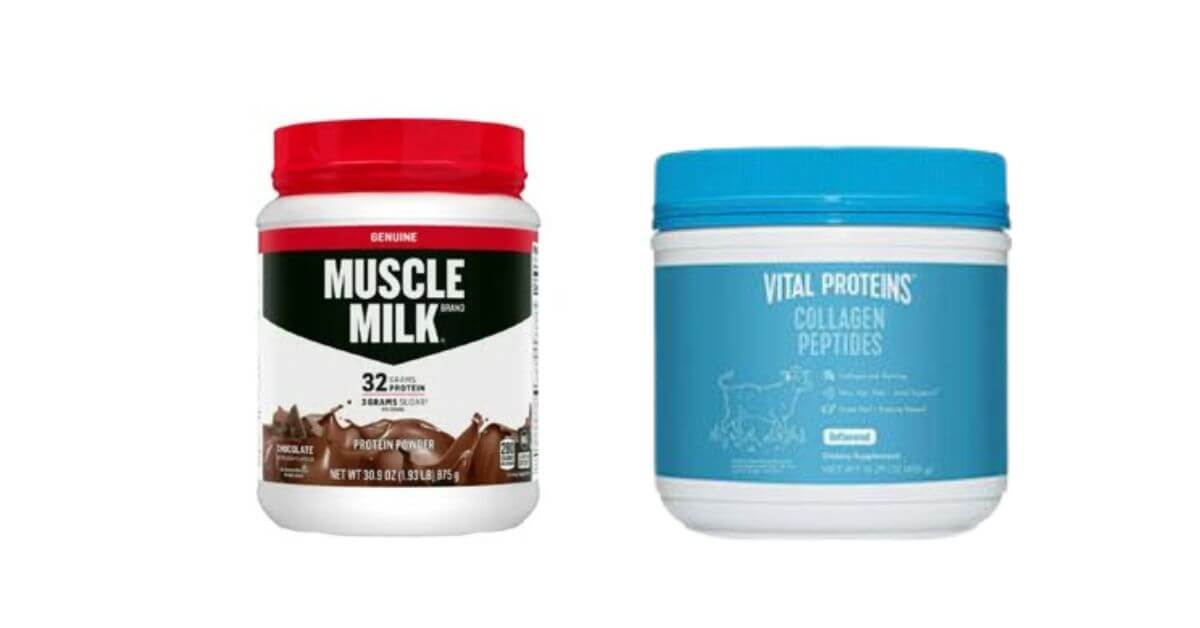
Pouch Packaging
Pouches are one of the most popular protein powder packaging options. Compared to jars, they take up less space and are more portable. Those who like to take protein powder to the gym really like these packs, as they can tuck them into their gym bag without taking up too much space. The packs are lightweight, which saves you on shipping costs. They come in a variety of sizes, colors and styles, making them very attractive to customers.
They are usually made from a composite material with good barrier properties and are very durable. They also have resealable features, such as zippers and tin tie closures. These are the points that customers care about. Common bag types include the convenient stand-up pouch and the stable flat bottom pouch.

Metal Canisters
Metal cans are a high-end option for protein powder packaging, offering excellent protection and outstanding barrier properties. They give you good protection for your products during loading, unloading and transportation.
Nitrogen Flush of Protein Powder Packaging
Nitrogen is one of the most widely used gasses in modified atmosphere packaging. It has unique chemical and physical properties. It is an inert gas that does not react with the ingredients in protein powders and does not affect the flavors or fragrances of the product. Nitrogen flushing packaging is becoming more and more popular in the food industry. This type of packaging uses nitrogen to replace the oxygen in the package, reducing oxidation of the protein powder and the flourish of microorganisms such as mold and mildew, helping to prevent deterioration and prolonging the shelf life of the product.
Vacuum Sealer with Nitrogen Flush
The working principle is to vacuum the packaging that has been put in protein powder, then flush nitrogen, and finally seal it.
Types of Protein Powder Packing Machine
Protein Powder Filling Machine
Protein powder filling machines can be divided into pouch filling machines, sachet filling machines, and can filling machines according to the type of packaging. Choose the appropriate filling machine based on your packaging type.
According to the degree of automation, they can be divided into fully automatic, semi-automatic and manual protein powder filling machines. Compared with the fully automatic protein powder filling machine, you need to manually place the container when using the semi-automatic protein powder filling machine. Some semi-automatic protein powder filling machines require you to press a foot pedal to start filling, while others start filling as soon as they sense the container.
According to their structure, they can be divided into linear protein powder filling machines and rotary protein powder filling machines.
Protein Powder Capping Machine
It loads a large number of caps in a hopper and it includes a cap delivery system, such as a vibrating bowl or a cap elevator. The protein powder capper applies caps to bottles or jars in a serialized manner.

Induction Sealer
It seals bottles or jars with aluminum foil. Electromagnetic energy is used to perform this sealing task, which ultimately results in a strong seal. It is tamper proof, increasing customers’ sense of security about your products.
Labeling Machine
As the name says, it can apply labels to protein powder containers. It has several components including label applicator, labeling roller, label applicator etc.

Conclusion
The customer base of protein powder is expanding. There are also more and more protein powder products. People’s requirements of protein powder packaging are becoming more and more strict. From the appearance of the packaging display to the material and type of packaging, all are your reference factors for choosing protein powder packaging.
I hope my introduction in this article can help you choose a suitable protein powder packaging. If you want to know more about protein powder packaging solutions, contact us.

